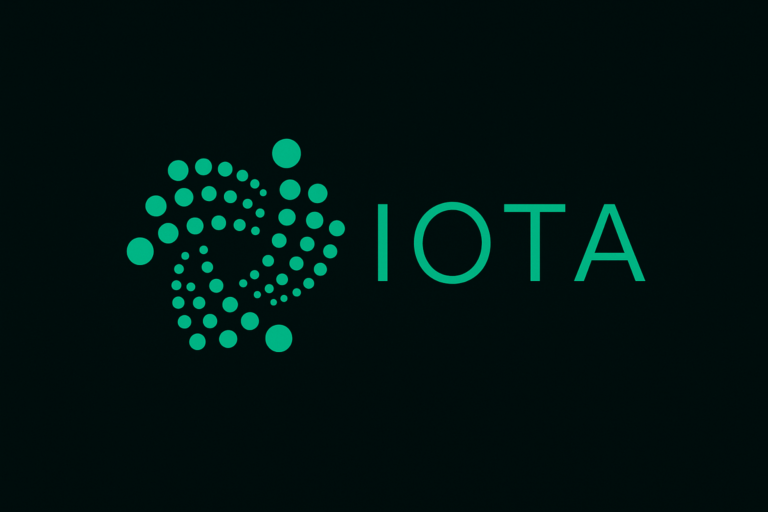
As crypto adoption continues to soar, the complexity of staying safe on the blockchain is growing just as fast. Gone are the days when blockchain explorers simply served as neutral windows into the ledger. Today, those very platforms are evolving into vital tools for self-defense in the face of increasingly sophisticated scams.
In 2024 alone, illicit crypto activity surged to a staggering $51 billion. Even more alarming, over $649 billion in stablecoin transactions were reportedly linked to high-risk addresses — a reminder that even “stable” assets are not immune to manipulation. Scams like address poisoning — where malicious actors send negligible amounts from similar-looking addresses to trick users into copying the wrong one — are now a daily threat. One crypto whale learned this the hard way, losing a jaw-dropping $68 million in a single exploit.
Despite blockchain’s celebrated transparency, this openness can ironically serve as a trap. For years, users have relied on popular block explorers like Etherscan to review transactions and verify wallet activity. But these platforms typically presented raw data — balances, addresses, and hashes — without any safety guidance. This made it all too easy for scammers to exploit the interface by airdropping phishing tokens or mimicking trusted addresses.
That old model is changing. The industry is now rethinking what a block explorer should be — and for good reason. Instead of merely showing the data, modern explorers are beginning to analyze it, embedding actionable security insights directly into the user interface.
From Passive Viewer to Active Guardian
One of the leaders in this evolution is Blockchair, a multichain blockchain explorer that recently introduced a feature-rich interface designed to help users make informed decisions. Called the dApp Gallery, this interactive tool allows users to plug in third-party applications right into the explorer, providing more than just transaction logs — it offers clarity and security.
Users can now access tools like anti-money laundering (AML) risk analysis, phishing token alerts, and even printable blockchain reports — all without leaving the Blockchair interface. According to Maxim Surin, Blockchair’s head of partnerships, their collaboration with Web3 Antivirus was a natural fit. “Web3 Antivirus’s Risk Scores bring vital safety context to our users,” he said, emphasizing their goal to deliver a more transparent and user-focused platform.
Wallet Scores That Speak Volumes
One of the standout features within Blockchair’s new setup is the integration of Web3 Antivirus’s Toxic Score — a real-time risk assessment for any blockchain address. Whether it’s a known scam wallet or one flagged for transactions linked to illicit activities, this scoring system makes the threat level clear upfront.
Take the example of address poisoning: the Toxic Score identifies if a wallet has sent misleading microtransactions, giving users a heads-up before they copy a fake address. In one real-world case, a user attempting to send $80,000 was stopped in their tracks when the explorer flagged the recipient wallet for links to terrorism financing. The alert prevented the transaction — and potentially saved the user from irreversible financial and legal consequences.
A Blueprint for Safer Web3 Experiences
This shift toward integrated, user-first security tools marks a pivotal change in the Web3 landscape. Explorers are no longer just data aggregators — they’re now active participants in the effort to safeguard users. With real-time alerts and contextual security insights, even non-technical users can spot red flags that once only seasoned pros might catch.
Balancing security with decentralization has always been a tricky task, but tools like Blockchair’s dApp Gallery show it’s possible. More explorers and wallets are likely to follow suit, incorporating similar intelligence to guard against copycat addresses, scam tokens, and phishing attempts.
In the long run, everyone wins. Users gain peace of mind, the crypto ecosystem becomes more resilient, and projects are less likely to be derailed by malicious actors. The integration of Web3 Antivirus’s security scoring system is just one example of how the industry is raising the bar — transforming blockchain explorers from passive viewers into smart, protective layers of the decentralized world.
For those eager to see this in action, a live wallet-check tool powered by Web3 Antivirus is now available via Cointelegraph, allowing anyone to instantly evaluate the risk profile of any wallet address.
The bottom line? In today’s crypto world, knowledge isn’t just power — it’s protection. And with smarter blockchain explorers leading the way, users can finally navigate Web3 with greater confidence and safety.




